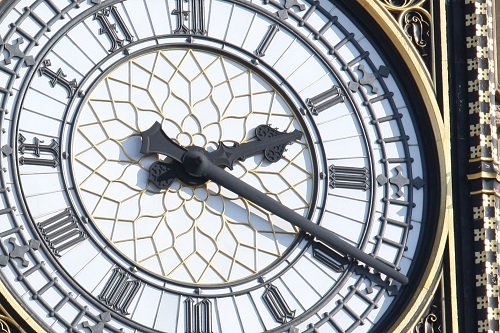 Banqueting House
Banqueting House
Banqueting House was built in 1622 for James I by Italianate Renaissance architecture Inigo Jones's. A national monument, it is the only complete building left remaining from the Palace of Whitehall and contains Rubens' masterpiece ceiling. Banqueting House, the only remaining building left of the Palace of Whitehall.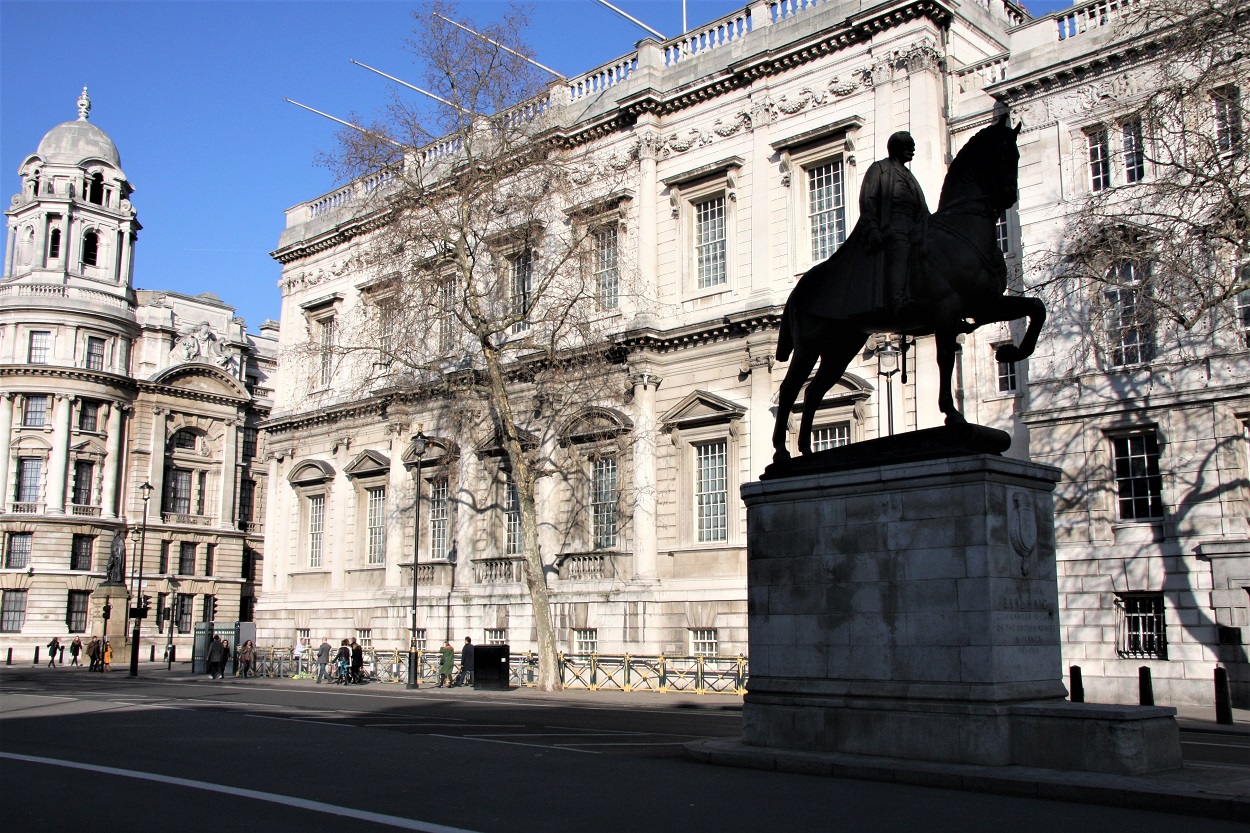
Palace of Whitehall
Initially developed as York Palace in the 13th Century by the Archbishop of York, the Palace of Whitehall became the London residence of English monarchs in 1530 when King Henry VIII moved there from Lambeth Palace. The Palace of Westminster, his previous residence and the monarchies home since 1049, had been mostly destroyed by fire 20 years earlier.King Henry VIII continued to develop the Palace of Whitehall and at the time of his death in 1549 it had become the largest palace in Europe rivalling the Vatican and Versailles.
Entrance to view Sir Peter Paul Ruben’s masterpiece celling.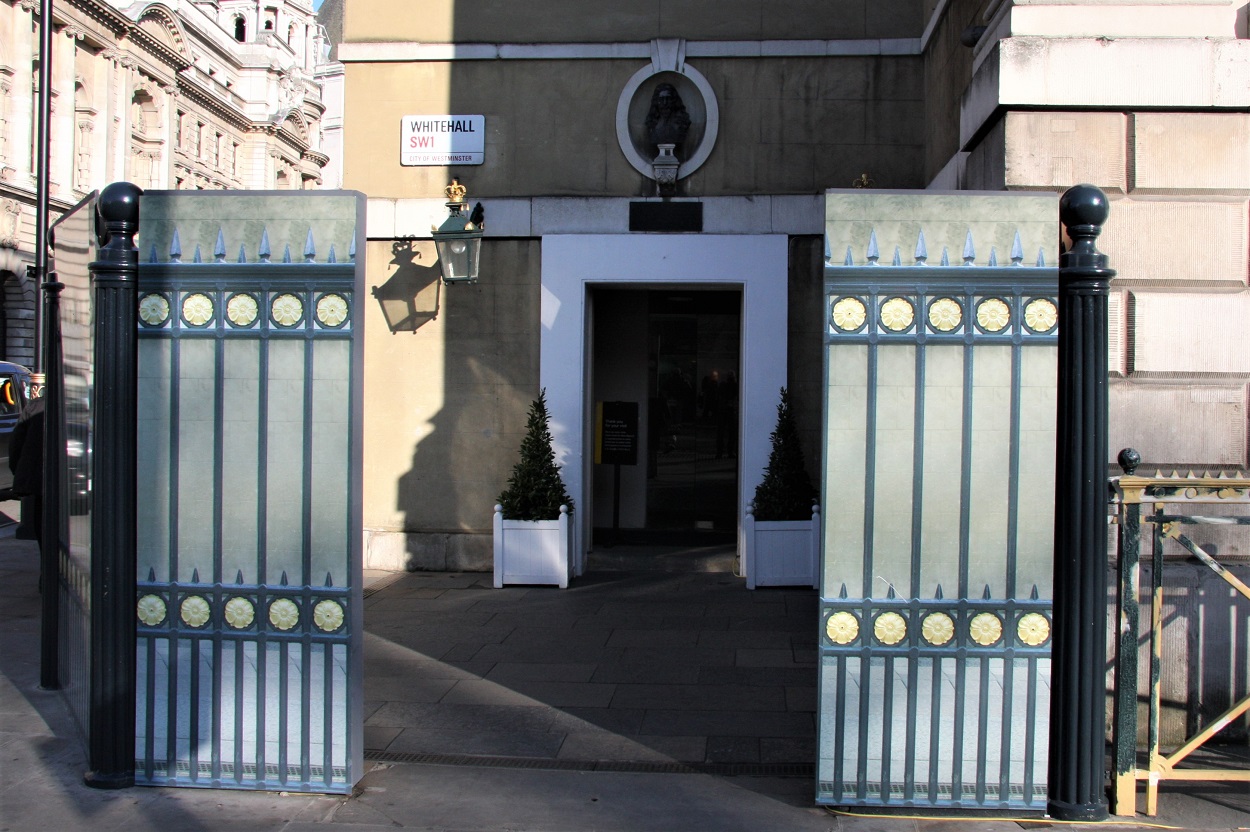
Although lavish banquets had been held at the palace for nearly 100 years it was not until James I that a permanent Banqueting structure was built. The ‘house’ would have also been used for royal receptions, ceremonies and the finest entertainment in Europe of the time, Masques; music, dancing, singing and acting with elaborate costumes and stage designs.
Banqueting House can be hired for private functions and weddings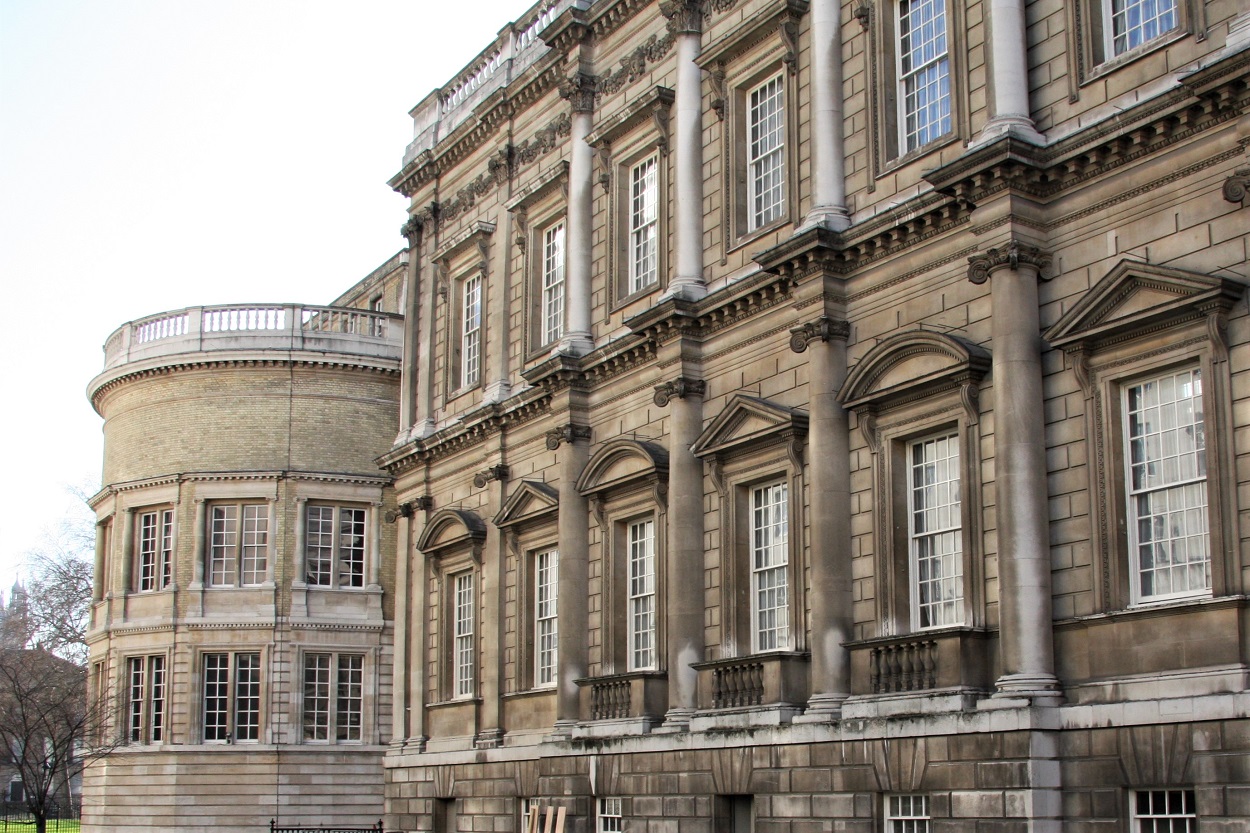
King Charles I
In 1630 King Charles I commissioned the Flemish artist Rubens to paint four very large ceiling canvasses. Painted in his studio in Antwerp and installed in Banqueting House 6 year later, they the ‘crowning glory of Inigo Jones's building’ and confirmed the Banqueting House at the ‘forefront of princely taste’.The schemes, the glorification of his farther James I to a ‘godlike’ level and an allegory of his own birth, are the only paintings by Rubens to remain in their original position, works he never saw in situ.
In 1649 Charles I walked onto scaffold from Banqueting House and was executed.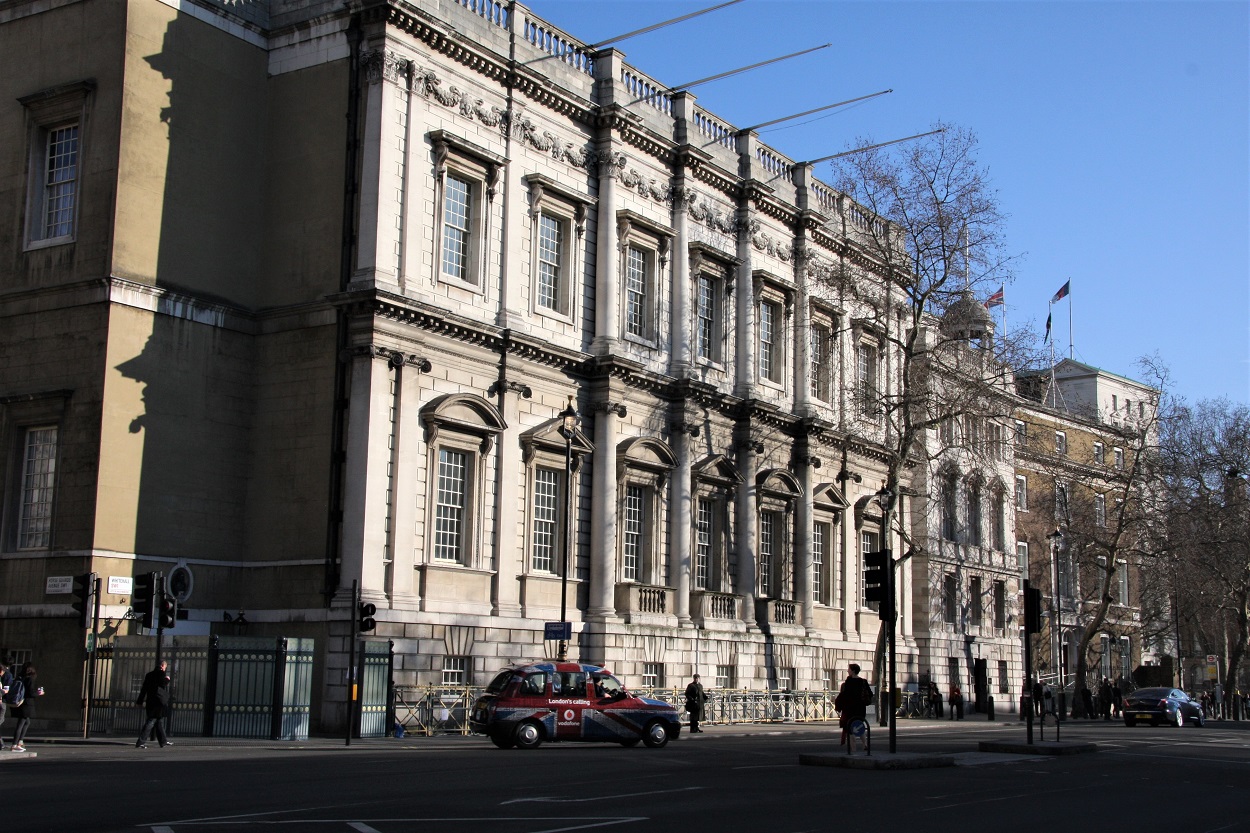
In 1649, after defeat by Oliver Cromwell and the Parliamentarian Roundheads in the 2nd English Civil War, it was with some sense of irony Charles I walked onto the scaffold from the central window in Banqueting House's and was executed.
The Palace of Whitehall complex was destroyed by fire in 1698, by which time the reigning monarch, William III and Mary II had already moved to Kensington Palace.
Visitor Infomation
Banqueting House is one of the 'Historic Royal Palaces' and viewable from Whitehall, a public road and open 24 hours a day, except during national or royal ceremonies. Internal viewings are restricted, mainly to private events.Further information:
Banqueting House
